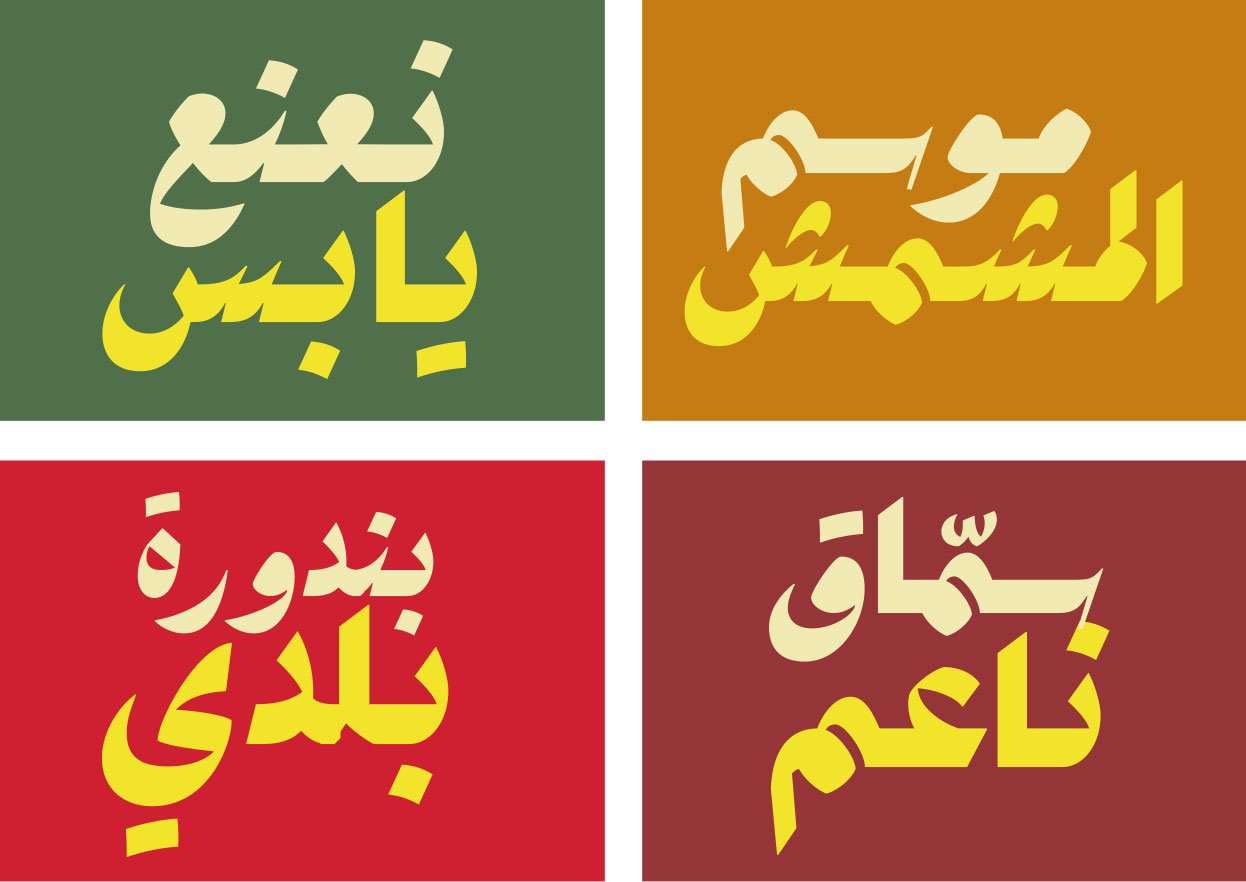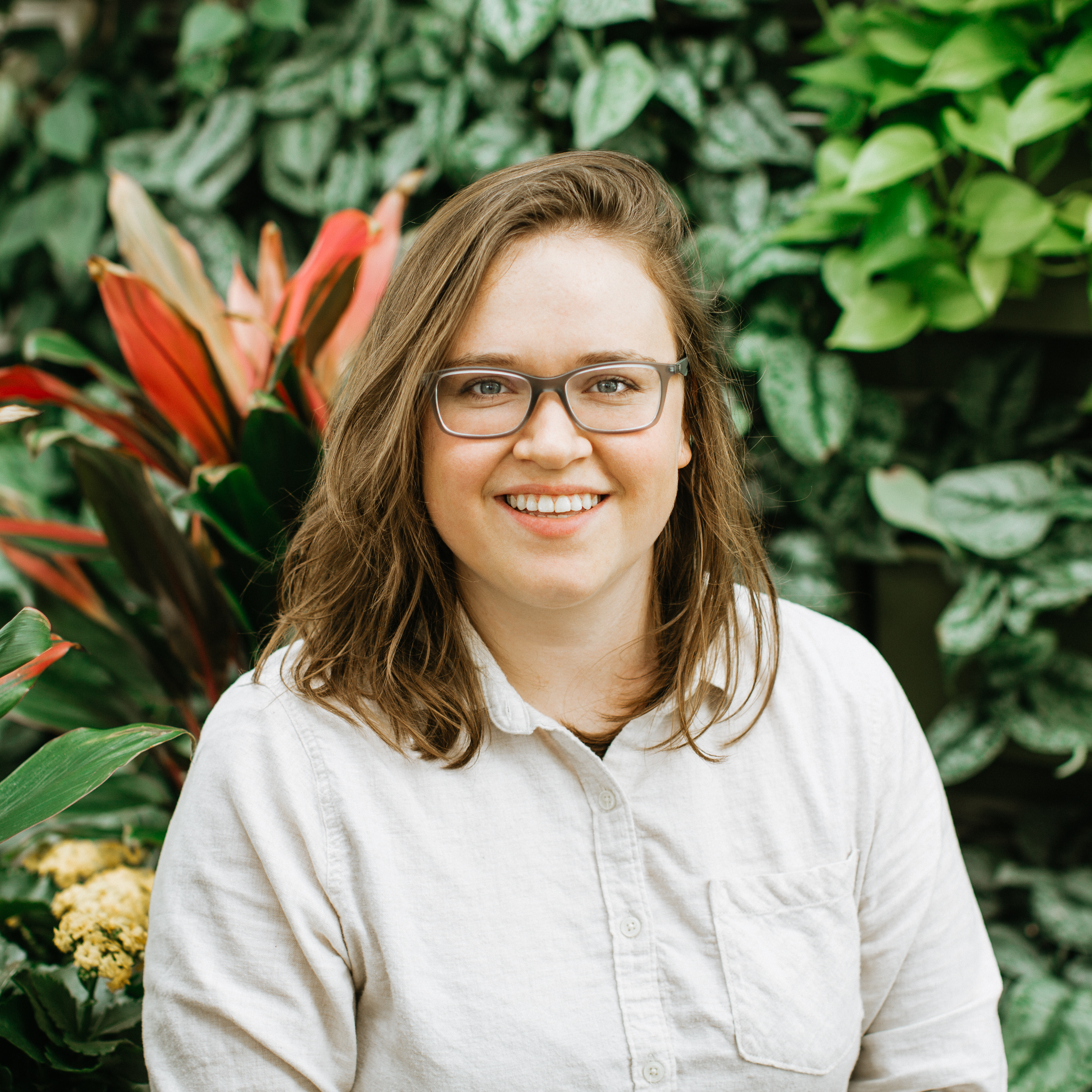In the closing moments of the 2019 Brand New Conference, Forest Young (global principal and head of design at Wolff Olins) referenced the parable of the blind men and the elephant while recounting his agency’s work on the (in)famous Uber rebrand.
The parable tells the tale of a group of blind men who come upon an elephant—something they’d never experienced before—so they must touch and feel the creature in order to figure out what it is. Each one feels a different piece of the elephant and conceptualizes what it is—the tusk (it’s a spear), the tail (it’s a rope), the trunk (it’s a snake), the elephant’s side (it’s a wall).

Blind monks examining an elephant, an ukiyo-e print by Hanabusa Itchō (1652–1724)
The parable has a foundational universalist principle summarized in the Hindu hymn:
“Reality is one, though wise men speak of it variously."
The Elephant as the Creative Problem
Pum Lefebure, Chief Creative Officer of Design Army, kicked off day one of the Brand New Conference with her drool-inducing, vibrant work for the Hong Kong Ballet and a challenge to the audience of brand and identity designers to be visually fluent.
As our creative team and capabilities grow with the addition of experts in the realm of digital and video, we might (and maybe we should) approach our integrated projects like the blind men in the parable. We touch and feel and experience the problems at hand and the solutions needed from the perspective of our individual expertise. The designers see a solution in the graphic elements, the writers a solution in the voice of an institution, the digital specialists see a solution in the user experience, the videographers a solution in their storytelling.
Pum faced a challenge in the way young people perceived ballet and saw a solution in designing powerful brand imagery for Hong Kong Ballet. She treated the entire process with precision and detail—wearing the hat of designer, photographer, art director, videographer, and even color corrector in order to get exactly what Hong Kong Ballet needed in their campaign. She reminded the room of designers that design is not in the details, but is the detail before sharing the final piece.
With Pum’s challenge in mind—be visually fluent—it’s important for creative teams to answer the call by being multifaceted and adaptive (not reactive) in our abilities and in growing the members of our teams. We must learn to speak the languages of our creative counterparts, willing to step into their shoes and view the problem from a different angle and be collaborative by nature, tackling the problem from every perspective to truly create an integrated solution.
The Elephant as the World
One of the most striking things about the Brand New Conference was the unabashed diversity of the speakers. Nationally, white people make up 71% of the design industry, according to the 2019 Design Census (AIGA/Google), but often comprise a much higher amount of the speakers of national design conferences. If the white, American blind man is the only voice we're hearing from describing the elephant—the challenges facing our design and creative industry—it's guaranteed that we are not getting a clear idea of the elephant.
Instead, BNConf provided us the opportunity to hear from Tarek Atrissi and his mission to design Arabic typefaces that convey the same range of voice and personality as typefaces for the Latin alphabet. We heard from Pupila, a quirky Costa Rican design studio, who is hosting exciting events to encourage and connect the growing creative community in South America. We heard from Indian designer and podcaster, Kawal Oberoi, who travels around India studying traditional aesthetics and interviewing local creatives for his podcast to capture the diverse range of the thoughts and practices that exist in our creative world.

Mish Mish font, www.arabictypography.com, by Tarek Atrissi (2019)
We need a global and diverse perspective of our industry to succeed and excel both in our own personal practices and as a creative community. Without these perspectives, we perpetuate an uninformed approach to solving creative problems for our clients who may or may not be seeking out these global voices themselves.
The Elephant as the Industry
In the case of higher ed, maybe the elephant is better described as the elephant of the room. There’s a world of troubles surrounding our industry—declining enrollment (it’s the cost of tuition), segregation and disenfranchisement (it’s the greedy people in power), lack of public trust (it’s fake news). We are one perspective (one reality) in a sea of perspectives evaluating and conceptualizing what higher ed was, what higher ed is, and what it can be.
In some variants of the parable of the blind men and the elephant, a man with sight comes upon the scene and describes the elephant for the blind men, confirming what they all felt to be true—to be reality—but needed to be stitched together to uncover the broader truth. "Reality is one, though wise men speak of it variously."

The proverbial elephant in the room.
We are steadfast in our belief that in order to solve both these broad and sweeping problems in our industry and the nitty-gritty problems on the ground for our clients, we must be driven by data, and our solutions must be expressed through research.
Forest Young of Wolff Olins faced an issue within the Uber rebrand — a strategy-altering shift was needed for the company, and when throwing things at the wall and ideating wasn't quite getting to where they needed to go, Forest was struck by the need to have conversations. Conversations with anyone and everyone in the ethos of the product—both the rider and the driver and everyone connecting them in between. The conversations had, and the data gleaned, were then stitched together to reveal the elephant in the room. The solution was revealed: "shift the company from a rideshare company to a platform for global mobility; from a Silicon Valley perspective to a global outlook; from growth-focused to people-focused."
Research is our man with sight—it is a universal and objective way to uncover the voices of many, the conversations had across wide constituencies, and a foundation by which to build strategy and creative that has the whole picture not just a snapshot from one angle.
We left the 2019 Brand New Conference full of thoughts and lessons and takeaways and swag that could be summarized in a number of ways, but with the parable in mind, here is what I'm carrying with me moving into 2020:
- Be visually fluent in order to solve creative problems with a multifaceted approach.
- Take advantage of opportunities to hear about the creative world from global, diverse perspectives.
- Utilize quantitative and qualitative research to gather and capture the conversations amongst all of your audiences.
Katie Schwendeman Sakowski is SimpsonScarborough's Senior Designer. In addition to her obvious creative talent, she's studied extensively about what it means to design for social good. Learn more about Katie and the rest of our team here.







